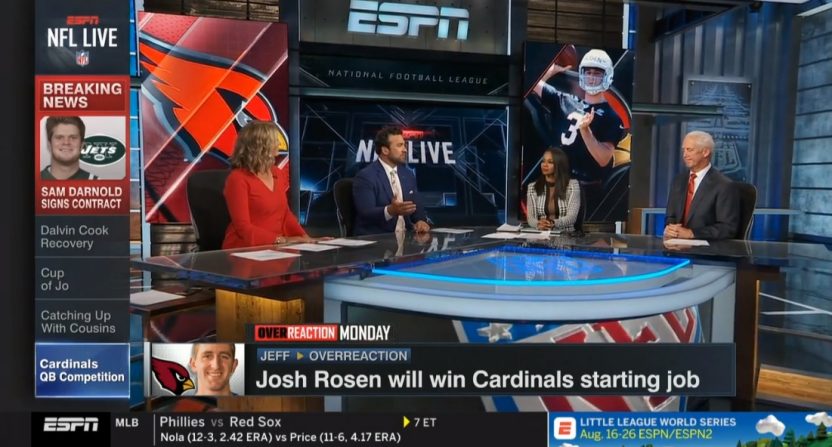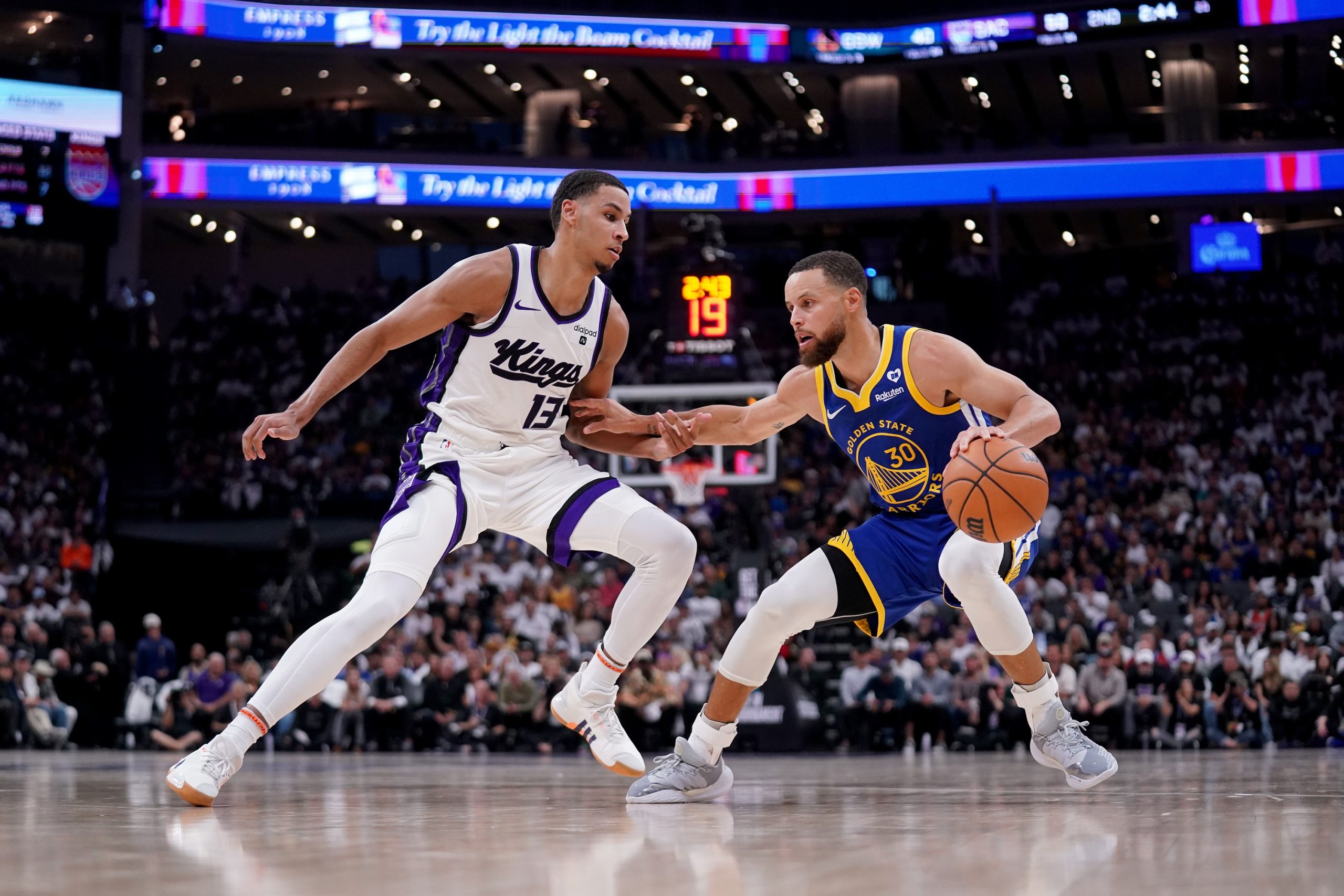As we approach the start of the 2018 college football season, ESPN has made the decision to drastically revamp its bottom line for the first time since 2014.
Below are a pair screencaps of the new bottom line.
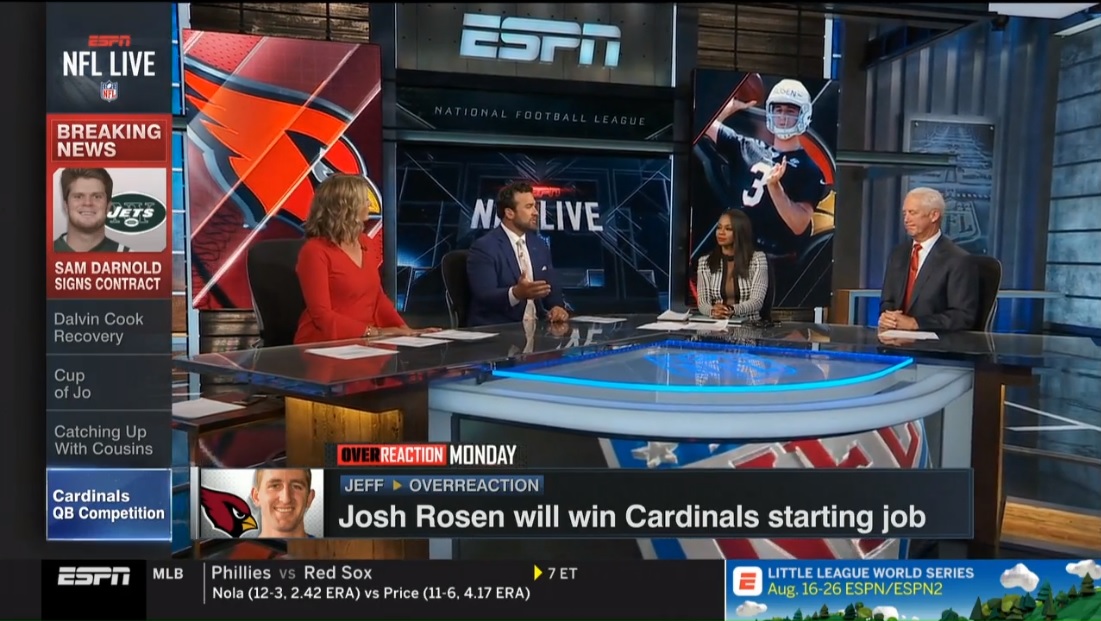
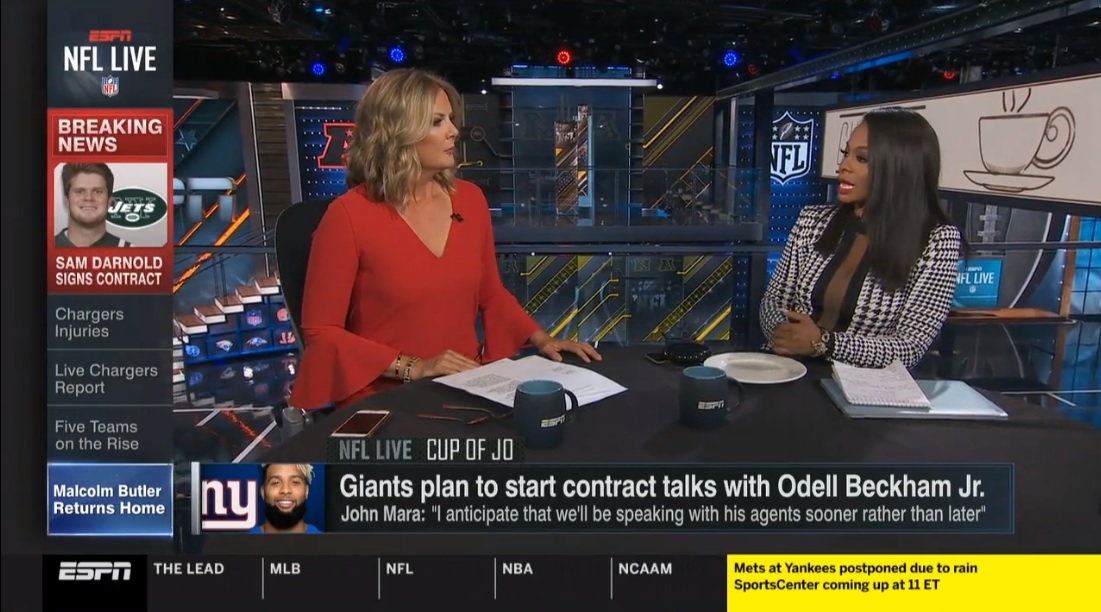
Michael Ruddy, the Creative Director of ESPN Creative Services, said that “All of its features – including type, color and motion – were purposely chosen to make the graphic as legible and effective as possible within the same footprint as the previous version,” which, from our initial looks at the new bottom line (on a laptop screen, rather than a 4K TV), seems accurate.
The new bottom line seems to take up a bit more real estate on the bottom of the screen, which ESPN will use to provide more information (as you can see in the first screencap above). Kristie Blasi, the Senior Director of ESPN Stats & Information, touched on this, saying “The streamlined design of the BottomLine will help us enhance our comprehensive editorial coverage – from breaking news to schedules, stats, and news and information that sports fans demand quickly and accurately. Our fans will see a new presentation of our industry-leading content.”
Another new addition is that box on the right side of the bottom line, which seems to have a lot of dead space and is being used to promote ESPN’s app, future events, and upcoming schedule. You can see that dead space in the second graphic (the big hunk of yellow to the right of the postponement announcement), and also in this screencap, to the right of the promotion for ESPN’s app. There’s also dead space underneath each respective sport on the bottom line, which is eliminated when scores and information start rolling through.
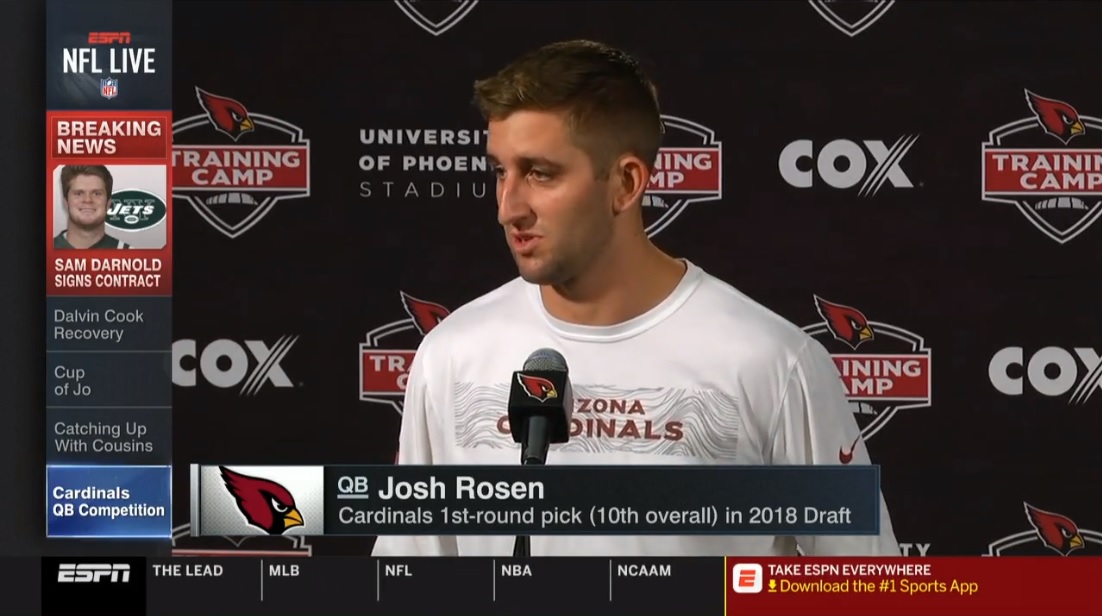

All in all, I think this is an improvement on the previous bottom line, though some may complain about information overload (especially when watching a show with a rundown on the side of the screen, like NFL Live, SportsCenter, or PTI). And even the dead space, which I personally am not a huge fan of, can be rationally explained as not wanting to deprive those without widescreen TVs of information.

